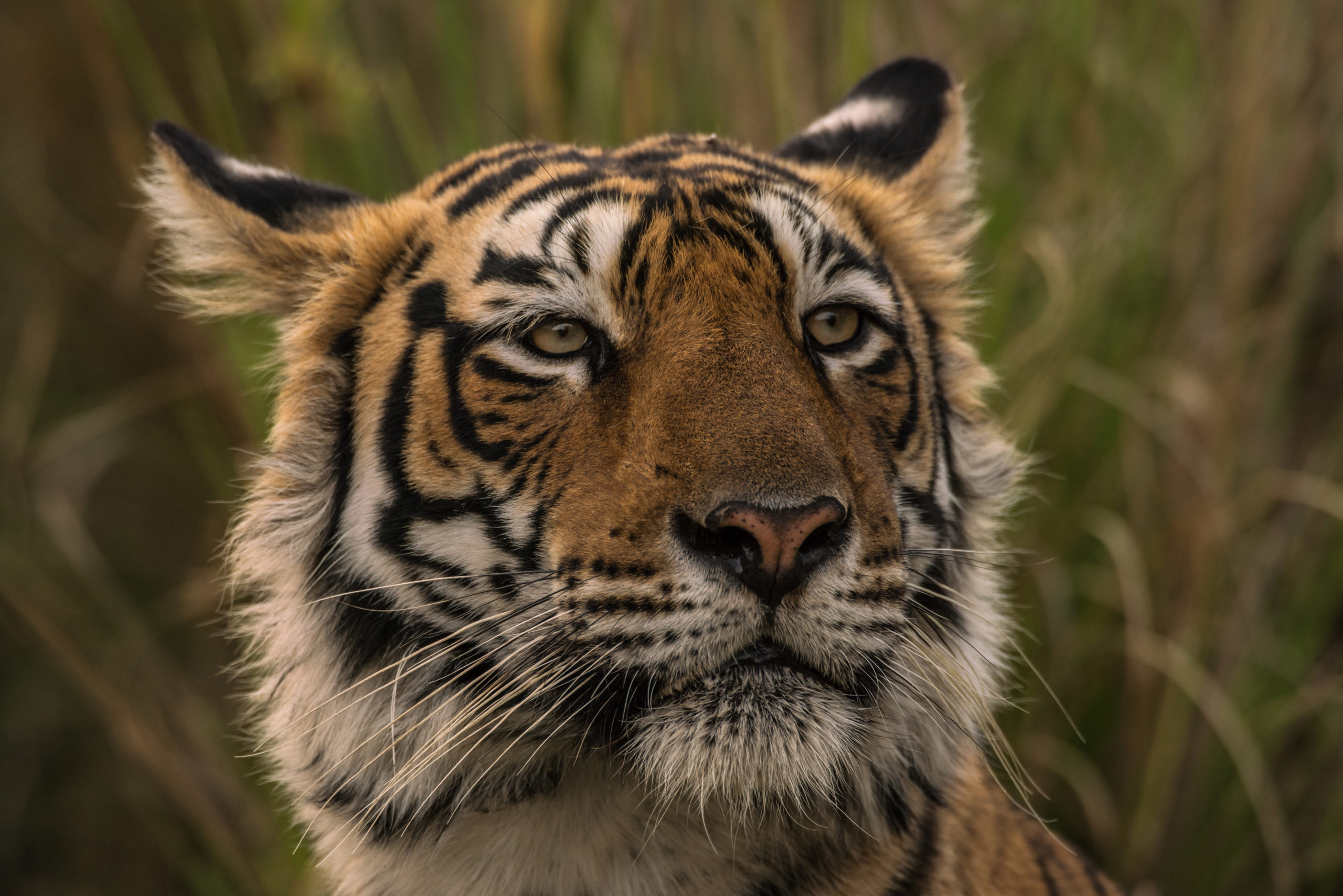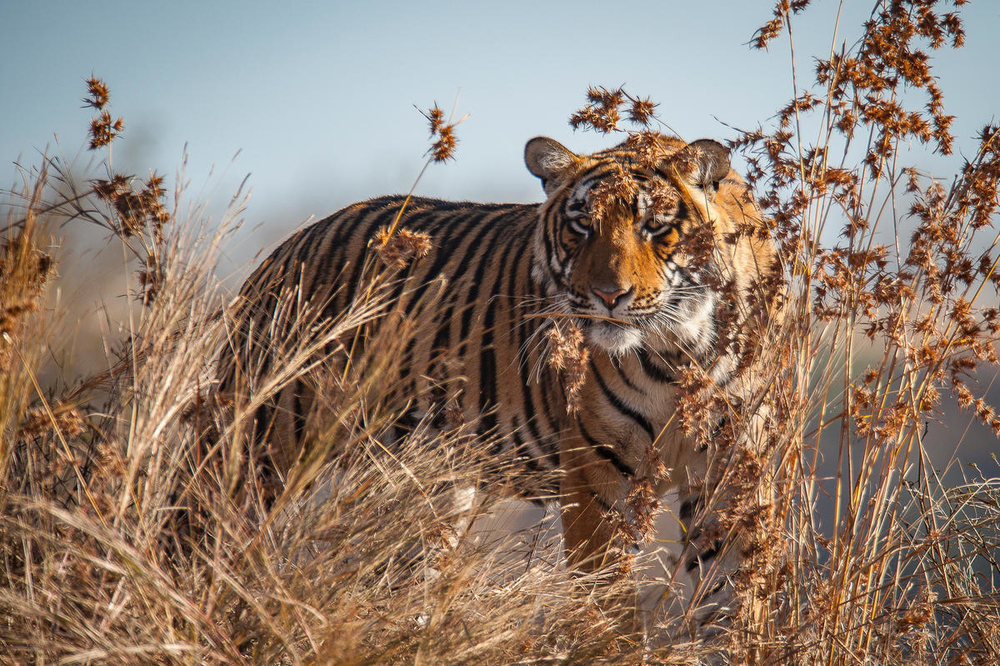Tx2 + COVID-19 = increasing challenges for tiger conservation
You can help ensure tigers and other at risk species thrive. Give now.
A year ago, Canada’s quarantined masses began binging Tiger King, but in places like Nepal the global pandemic was beginning to have a serious impact on the conservation of wild tigers as COVID-19 threatened to weaken local protection measures.

Among the planet’s most beloved and imperiled species, tigers are a prized target of poachers and the illegal wildlife trade while also being affected by habitat loss and human-tiger conflict. When their wild population hit an all-time low of 3,200 in 2010, all 13 tiger range countries committed to doubling that number by 2022, the next Chinese Year of the Tiger. Known as Tx2, this is one of the most ambitious conservation goals ever.
In Nepal, where WWF-Canada focuses our support, we’ve seen positive results in the Terai Arc Landscape, a conservation region along the Himalayan foothills, where our on-the-ground partners are reporting more individual tigers and increased prey populations. Last year alone, WWF helped restore, manage and protect approximately 2,700 hectares of critical tiger habitats. The number of wild tigers in Nepal has increased to 235 — a 93 per cent increase since 2010 — and we are working to surpass 250 tigers to meet next year’s Tx2 goal.
COVID-19 has worsened inequalities across the world.
The pandemic-caused collapse of eco-tourism in countries like Nepal means that many communities reliant on tiger tourism lost their livelihoods overnight. This could dramatically change local incentives for wildlife conservation.

There are a few factors at work. A lack of income to offset the loss of crops and livestock from predators can upset the fragile coexistence between tigers and the people who live alongside them, increasing human-wildlife conflict. And when communities are faced with heavy economic losses, poaching can increase. Since the pandemic began, WWF-Nepal reported an increase in illicit activities in and around protected areas, with at least four rhinos killed and four tiger skins seized.
Now more than ever, there’s an urgent need to prioritize local community needs in conservation plans and work with them to safeguard our successes. After all, they’re the greatest allies in tiger recovery.
In 2020, our community collaborations included constructing 446 predator-proof pens and 170 kilometres of fencing; training 321 people in tiger population monitoring techniques; and helping 679 households start alternative livelihood activities such as vegetable farming and dairy enterprises. And when we start a new cutting-edge research project, one of the first things WWF does is recruit and train locals to be citizen scientists.
With your donation, we can help ensure tigers and other at risk species thrive. Give now.

